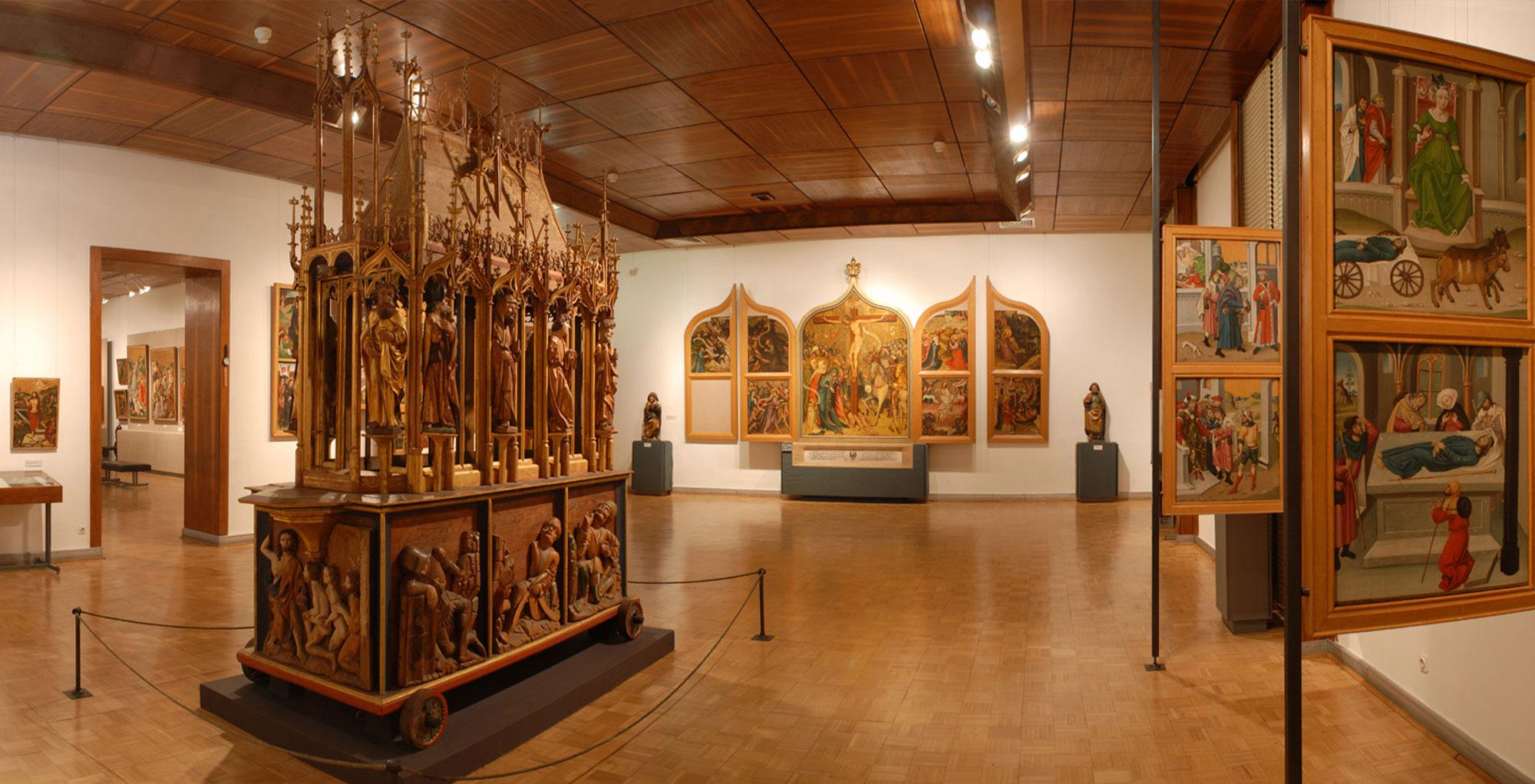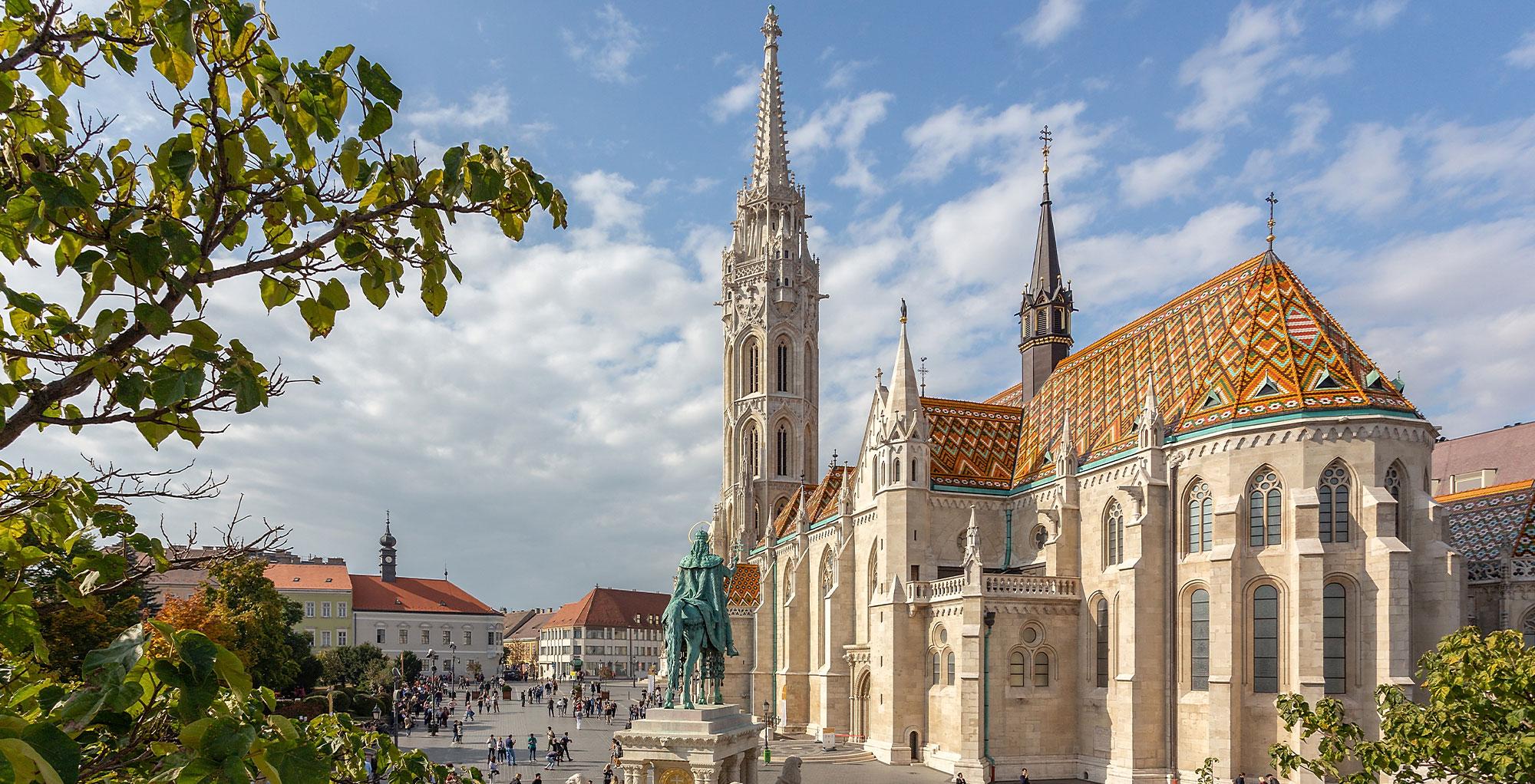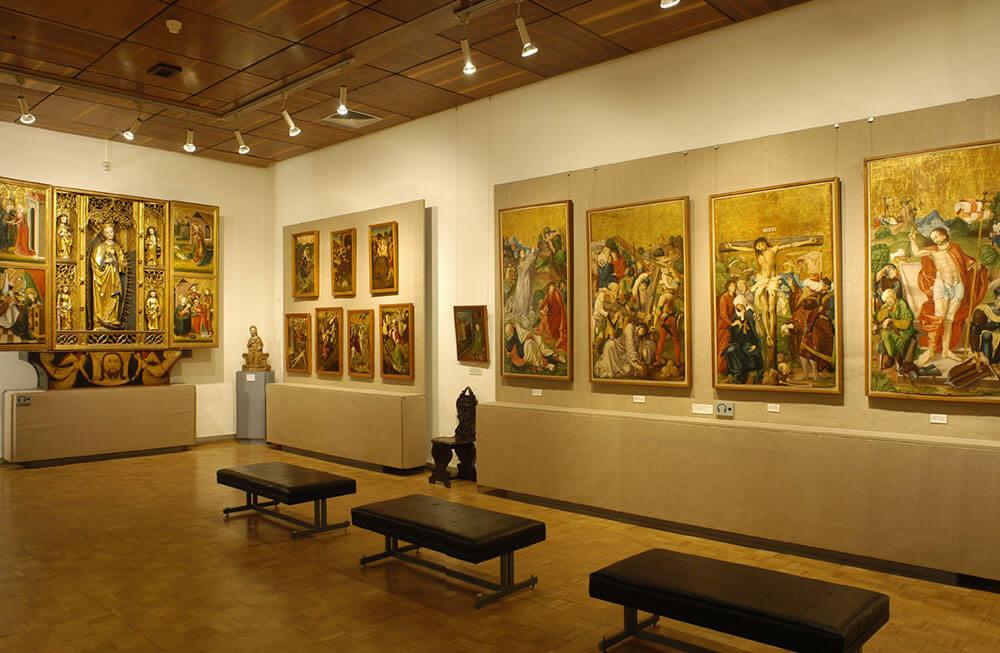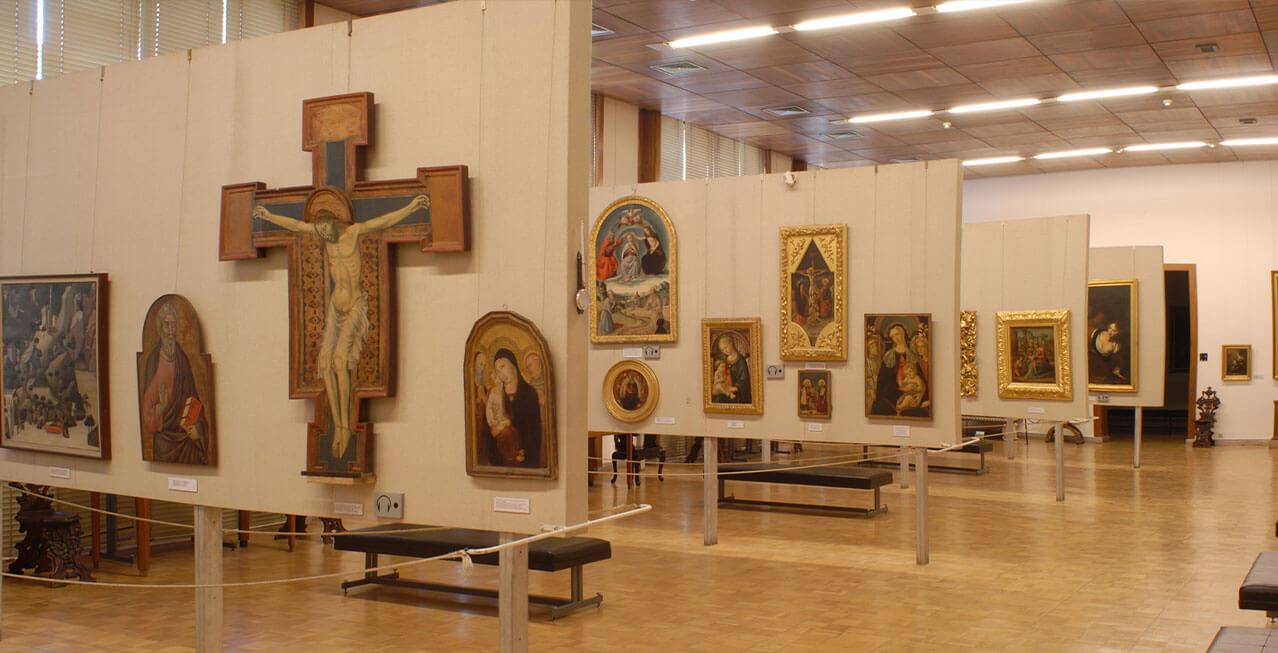The Museum of Christian Art in the Archbishop's Palace in Esztergom opened its doors to the public in 1875. It was the third museum in the country open to visitors, and since then it has housed the richest ecclesiastical collection in the country.
Many would not even think, but after the Museum of Fine Arts in Budapest and the Hungarian National Gallery, Esztergom is home to most of the most outstanding items of Hungarian and international art history. The picture gallery of the Museum of Christian Art houses works by Hungarian, Italian, German, German Lowland and Austrian painters, and although it has a significant collection of modern and Renaissance Italian painting, it also houses rare works from the late Middle Ages.
One example is the unique wheel-mounted Lord's Coffin from Garamszentbenedek, which played an important role in the rituals of Benedictine monks at Easter for centuries. In addition, the Calvary Altarpiece by Tamás Kolozsvári, one of the finest pieces of Hungarian winged altarpiece painting can also be viewed here, similarly to the Passion paintings of the most outstanding artist of late medieval Hungarian painting, known as “Master MS”.
In addition to the paintings, the museum also houses special wall tapestries, three hundred-year-old pocket watches and reliquaries, as well as the only authentic portrait of Bálint Balassa, which was created after his death based on other drawings and paintings.
The Museum offers guided tours in English, German, French and Russian, and the permanent exhibition can be visited online as well. Student groups and families are welcome to participate in the Museum’s education programmes, the museum explorer, or a guided tour for the young.
Did you know?
The largest collection of ornate boxes in Hungary are also on display here, with almost 500 pieces. These tiny boxes were once used for storing powder or tobacco, and the miniatures on their lids, painted with meticulous precision, usually depict portraits, landscapes and, not infrequently, humorous scenes.
Download the free ChurchApp Esztergom-Budapest tour guide app and discover our historic churches and sacral collections! You can also use the app to discover the hidden curiosities of the churches on your own. The app and information are available in six languages.











